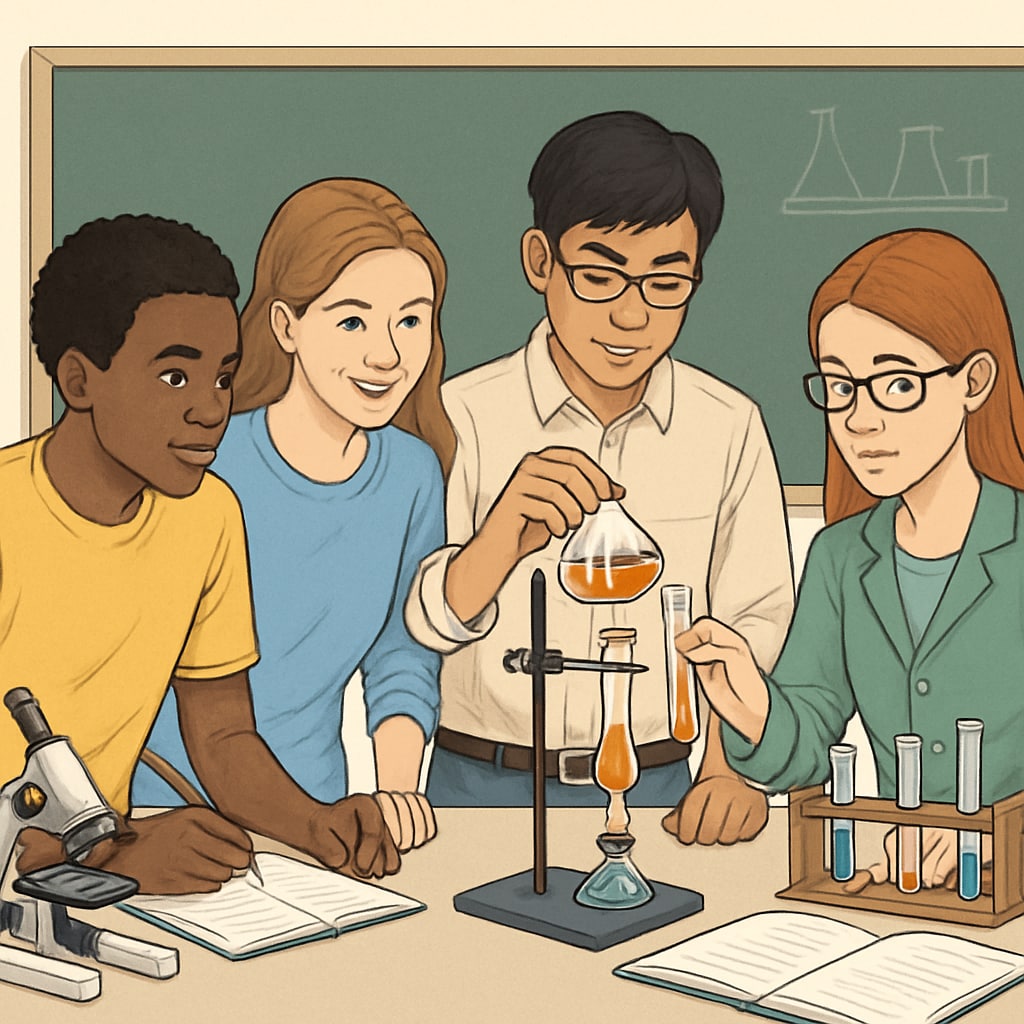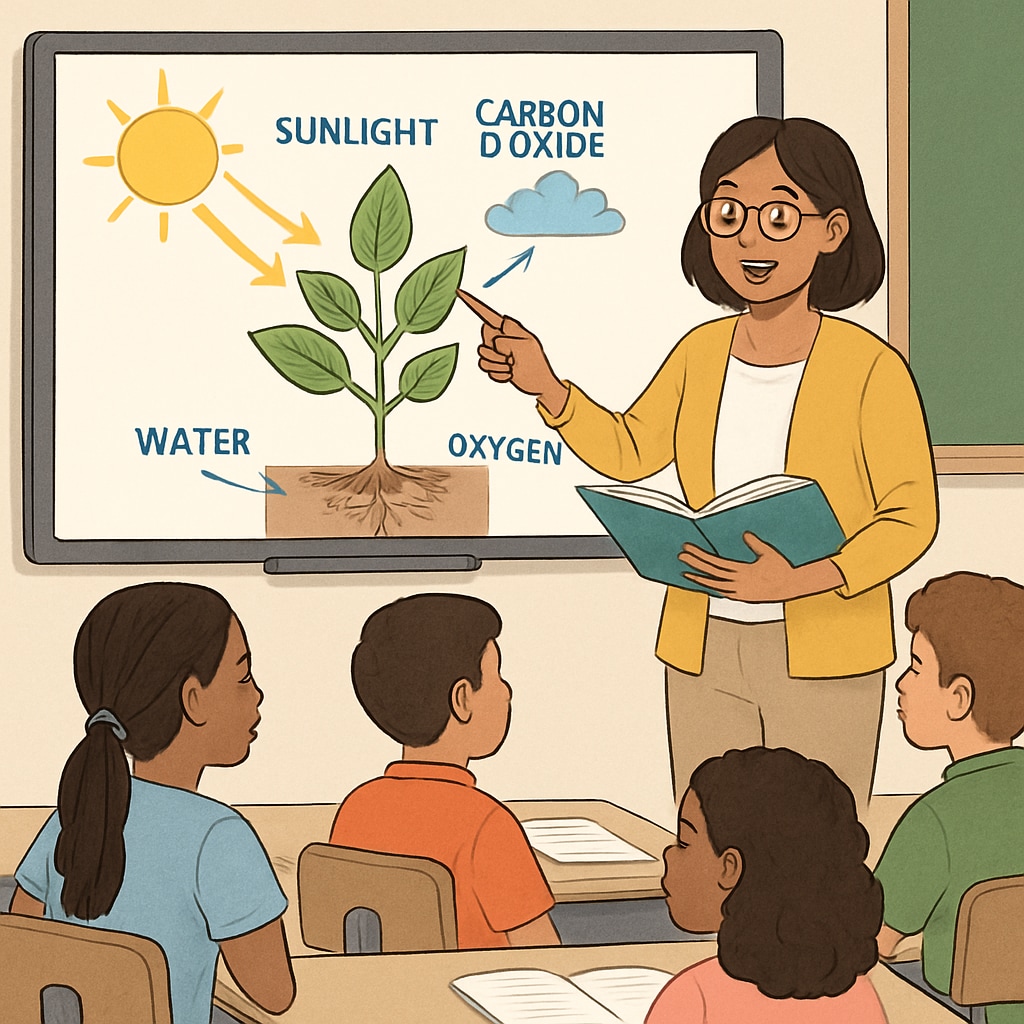In today’s diverse high school classrooms, supporting English learners (ELLs) in science education requires thoughtful planning and intentional strategies. Science teaching is not just about delivering content; it’s also about empowering students to understand, communicate, and apply scientific concepts. By combining language development with differentiated instruction, educators can create an inclusive environment where English learners thrive in both language and science.
Understanding the Challenges for English Learners in Science
English learners face unique challenges in science classrooms. Many scientific terms are abstract and highly specialized, creating a steep learning curve. Additionally, science often relies on complex sentence structures and technical vocabulary, which can be overwhelming for students still mastering English. These difficulties are compounded by the need to participate in laboratory activities, group discussions, and written assessments, all of which require a strong command of the language.
However, with the right strategies, these obstacles can become opportunities for growth. Teachers who integrate language support into their science teaching enable students to build confidence in both areas simultaneously. The key is to create a classroom environment where language development and scientific inquiry go hand in hand.

Strategies for Integrating Language and Science Learning
To support English learners effectively, teachers must adopt strategies that address both their linguistic and academic needs. Below are some evidence-based approaches:
- Use Visual Aids: Incorporate diagrams, charts, and images to make abstract concepts more accessible. Visual aids help bridge the gap between language limitations and content understanding.
- Pre-teach Vocabulary: Introduce key scientific terms before diving into lessons. Use flashcards, word walls, and interactive activities to reinforce understanding.
- Scaffold Instruction: Break down complex tasks into smaller, manageable steps. Provide sentence frames, graphic organizers, and guided practice to support comprehension.
- Encourage Peer Collaboration: Pair English learners with peers who can model language use. Collaborative activities like lab experiments and group projects foster both academic and social learning.
- Integrate Language Objectives: Design lessons that include specific language goals alongside science objectives. For example, focus on using comparative language when discussing experimental results.
By employing these techniques, teachers can ensure that English learners are not left behind but instead actively participate and excel in the learning process.
Creating an Inclusive Classroom Environment
Building a supportive classroom culture is essential for the success of English learners. Inclusivity goes beyond teaching strategies—it involves fostering a sense of belonging and respect for all students. Here are some ways to create an inclusive environment:
- Celebrate Diversity: Acknowledge and value the cultural backgrounds of your students. Incorporate examples from various cultures into your science lessons to make content relatable.
- Provide Multimodal Resources: Offer materials in multiple formats, such as videos, podcasts, and bilingual texts. This helps accommodate different learning styles and language proficiencies.
- Encourage Questions: Create a safe space where students feel comfortable asking for clarification. Use positive reinforcement to build confidence in speaking and participation.
- Offer Regular Feedback: Provide constructive feedback on both language use and scientific understanding. Highlight strengths and offer specific suggestions for improvement.
When students feel supported and valued, they are more likely to engage actively and take risks in their learning journey.

Measuring Success and Continuous Improvement
Assessing the progress of English learners in science requires a balanced approach. Traditional assessments may not fully capture their growth, so consider incorporating the following methods:
- Formative Assessments: Use quizzes, exit tickets, and in-class activities to monitor ongoing understanding.
- Performance-Based Tasks: Assign projects and presentations that allow students to demonstrate their knowledge through multiple modalities.
- Language Portfolios: Track students’ language development over time, including written work, speaking samples, and self-reflections.
Additionally, seek feedback from students about what teaching methods work best for them. Continuous improvement and adaptability are essential for meeting the evolving needs of English learners.
In conclusion, supporting English learners in high school science is not just an educational responsibility—it’s an opportunity to inspire and empower a diverse generation of learners. By bridging the gap between language and science, educators can create a classroom where every student has the tools to succeed.
Readability guidance: Use short paragraphs and bulleted lists to summarize key points. Maintain an active voice and ensure a logical flow of ideas. Encourage engagement through examples and actionable advice.


